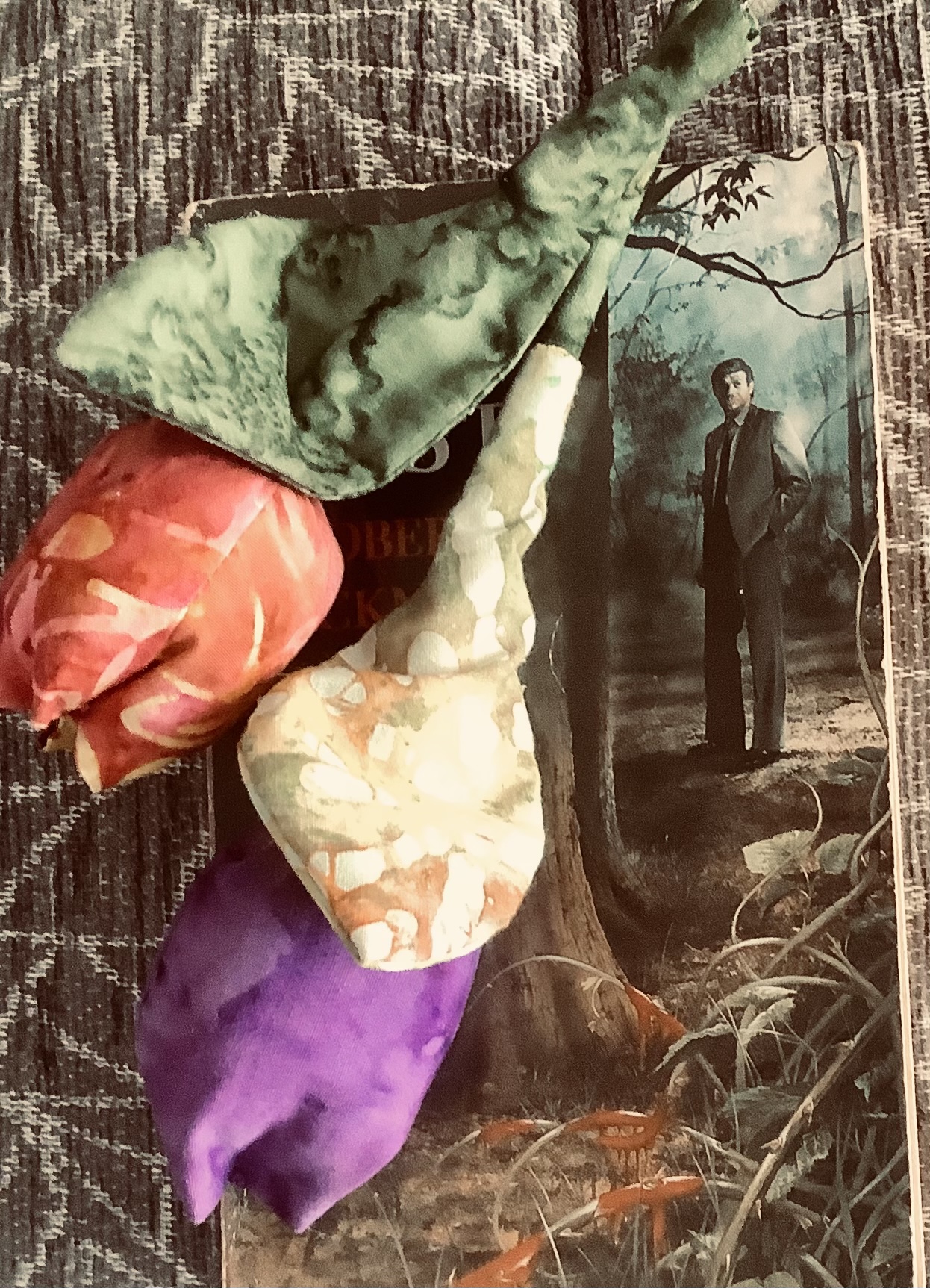
THE STAINS by Robert Aickman
“Dr. Who?”
“And, judging by recent experience, the moment might even prove a noticeably long moment. Time might again stand still. Time sometimes did if one had not expected it.”
“That, after all, was a main purpose of science: to make things of all kinds happen sooner than they otherwise would.”
…Aickman’s obsession, recently discovered in his other works and his editing, with Zeno’s Paradox and time’s battle with it? But here accretiveness finally wins?
The Stains is an increasingly marked and remarkable Aickman novelette, telling of the civil servant Stephen who has just lost his lifetime companion wife Elizabeth and meets, in a so-called “clough” on the moors, the beautiful, seemingly naively minded, waif-like, faded-clothed and virgin-breasted Nell on the moors near where he is staying with his vicar brother (a hobby student of lichens), and Nell takes Stephen to the du Maurier-like Pool where he becomes Hylas to her Nymph, or to her oread, or maenad, or sylph, to her “Knell” of Fate — or is it the apotheosis (“Rapture was beginning”) of his new life had it not been for this work’s accretive Mark Trembles, stains and patches and lichens and mosses that less and less civilly and with more of three-dimensions Thread increasingly the words as well as our reading brain, including the staining and marking of the solitary empty house (so reminiscent of one of the Houses of the Russians elsewhere in Aickman) where Stephen and Nell shack up as lovers, and marking his apartment or flat back in London, and his brother’s rectory walls and presumably the latter’s now sickly, once teatime obsessed wife Harriet, and upon Stephen’s own back, too, and driving glove fingers, even upon Elizabeth’s natural fibre bag.
Some marks like inhuman faces.
Nell’s backstory of father and sister nearby is ominous. Nell’s sole mark near her breast meanwhile accretively fades towards a “honied” purity. The meaning of this major novelette is also accretively found in its textual words’ and textures’ and stainy objects’ “conglomerate” — viz. “virtual void”; a map’s dividers; a bus journey where the passengers are explicitly social-distancing, the bus driver with a sick kid cancelling the bus journey altogether, then avoidance of The Waiting Room syndrome, a story by Aickman I happened to re-read and review yesterday*; what Nell found on Stephen’s roof in London; the stinging of Portuguese man-o’-wars; “a fungus and an alga living in a mutual beneficial relationship” (like otherwise separate works of fiction?); the music of Schumann that comes out of nowhere at the end; the stone oubliette where Nell and Stephen eventually shelter from her impinging father; and if I told you of any more, that would spoil it for you by putting things on your brain that you might not be able to get off.
“The first step towards mastering time is always to make time meaningless.”
My other reviews of Aickman’s stories: https://dflewisreviews.wordpress.com/robert-aickman/
=================
*
THE WAITING ROOM by Robert Aickman
“Their love was like a magnifying glass between them.”
Like this story and its reader. A Northern railway waiting-room haunted by the burial ground upon which it is built has long waited for the late traveller who has missed trains and needs to spend the night here.
Uses “polypetalous” as a word.
Cf “Then passion began to open its petals within him, layer upon slow layer.” — from RINGING THE CHANGES in the same Dark Entries book that published the Waiting Room.
A burial ground means its travellers are no longer waiting, I guess.
No comments:
Post a Comment